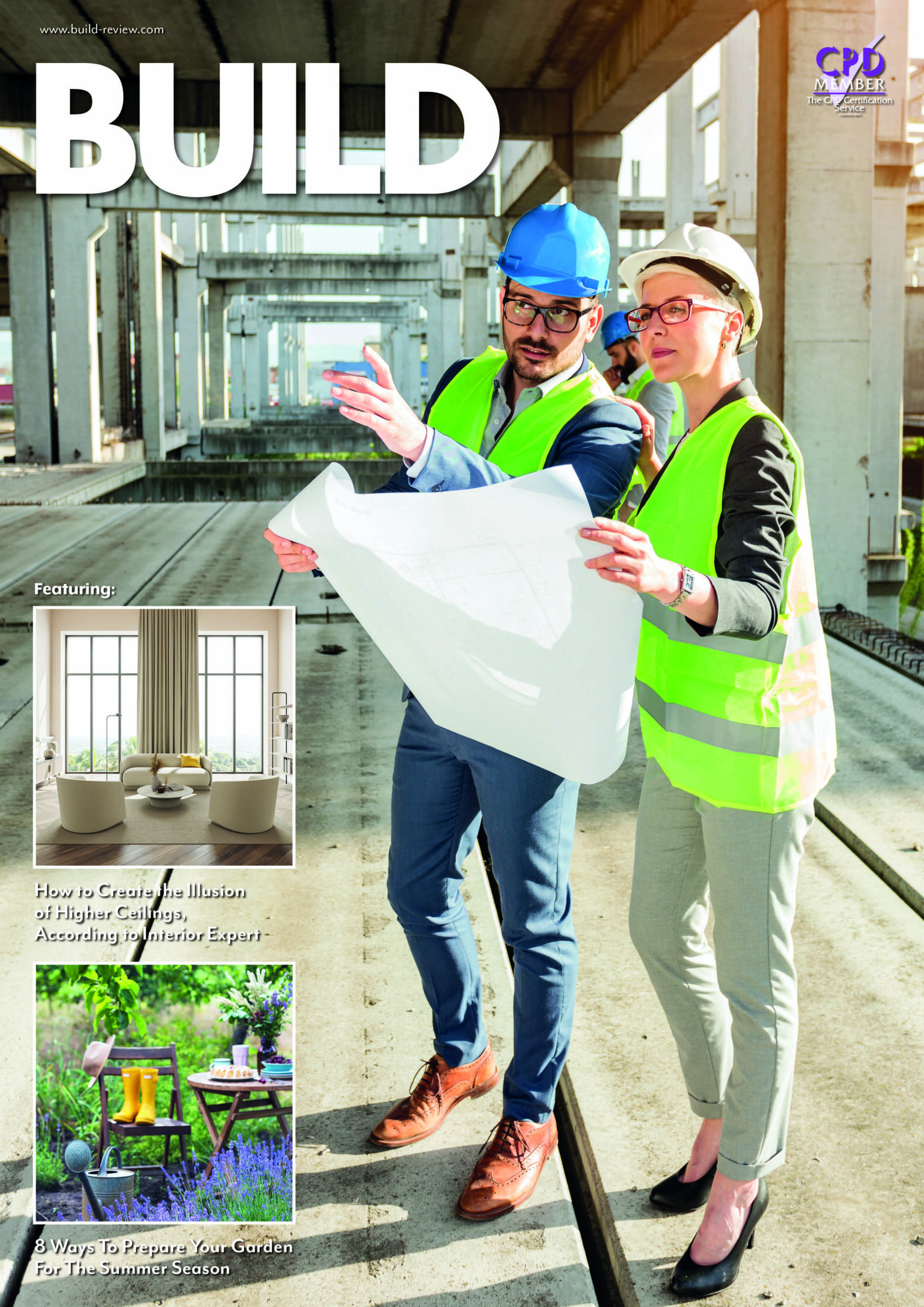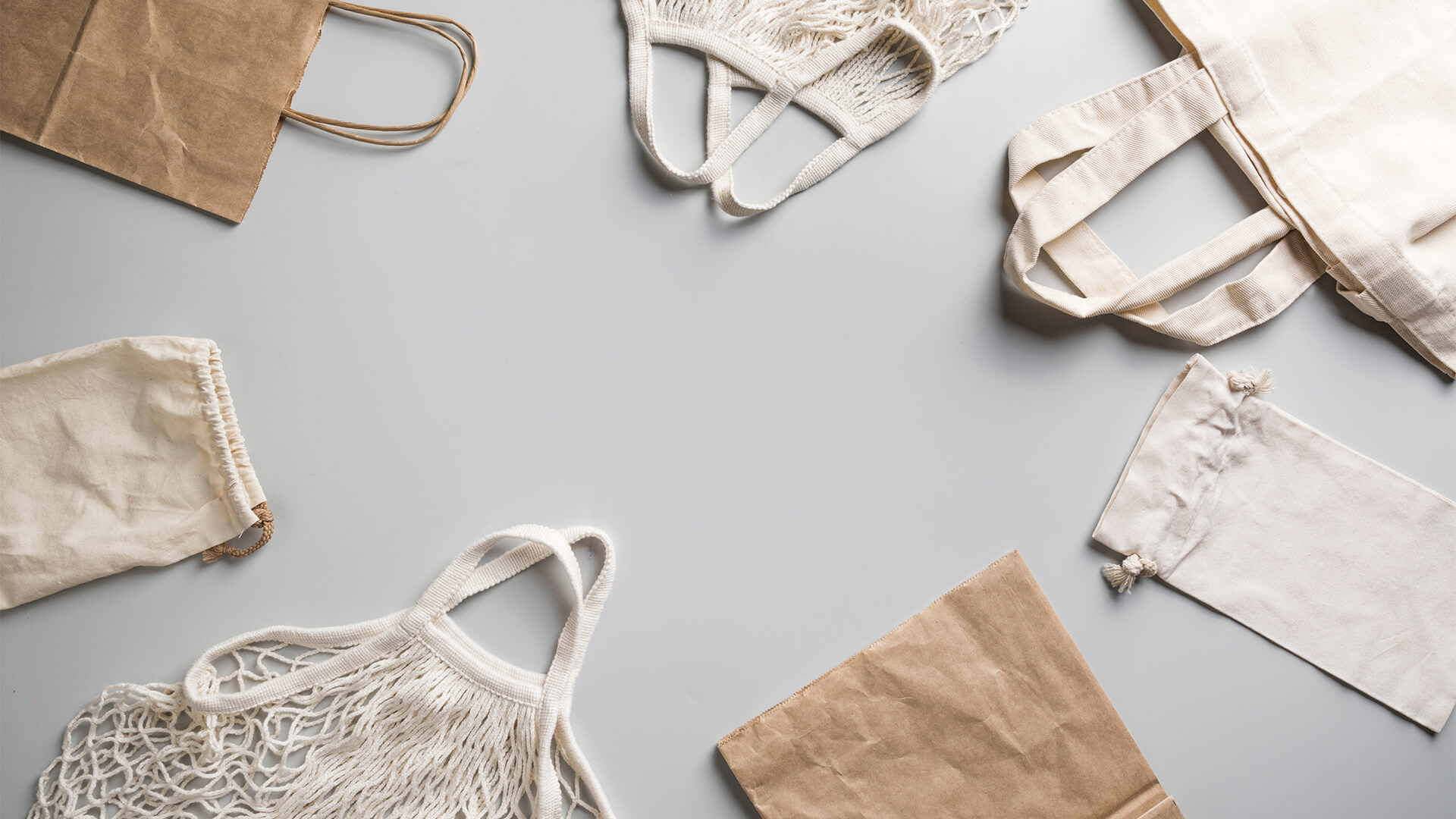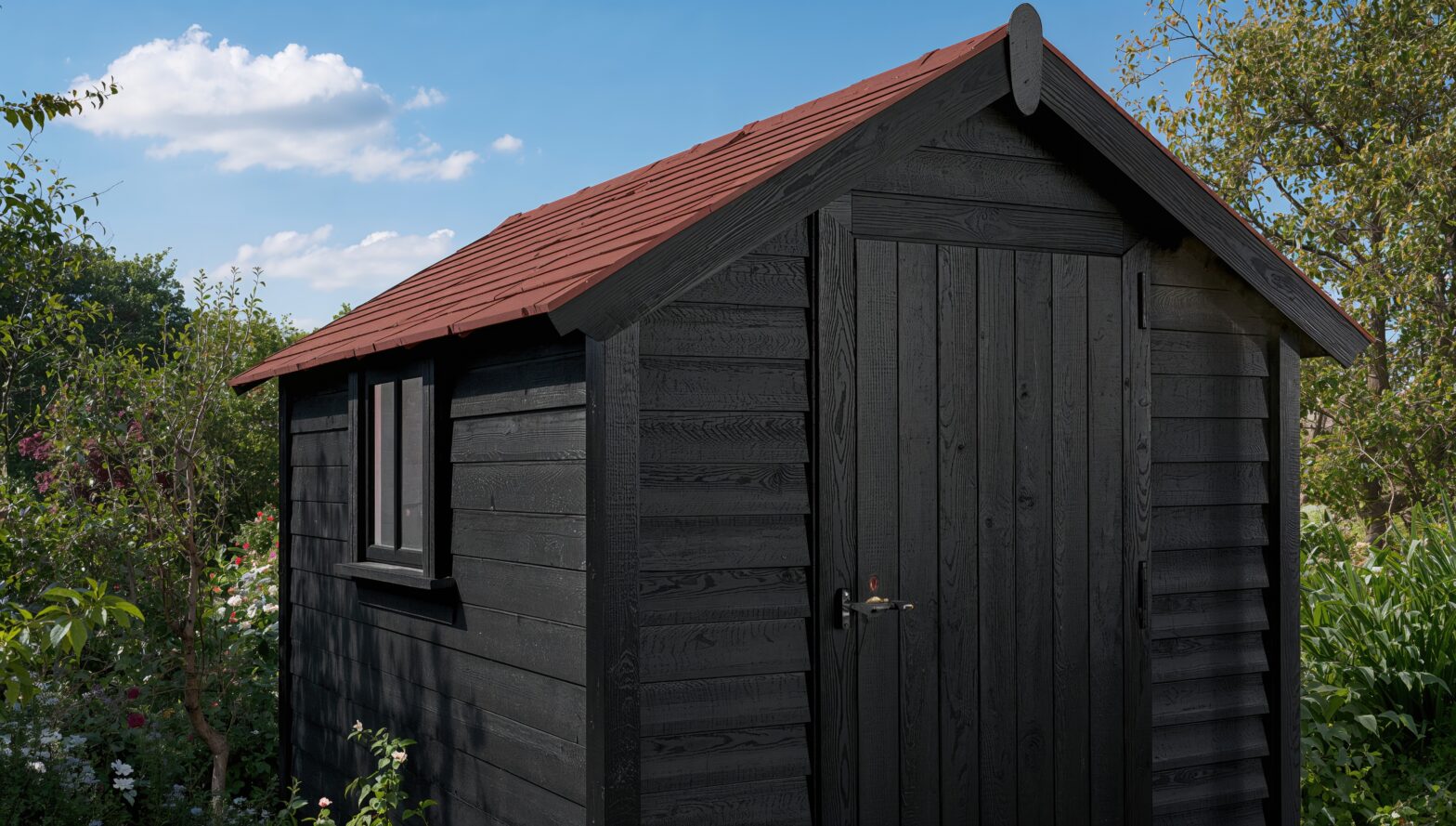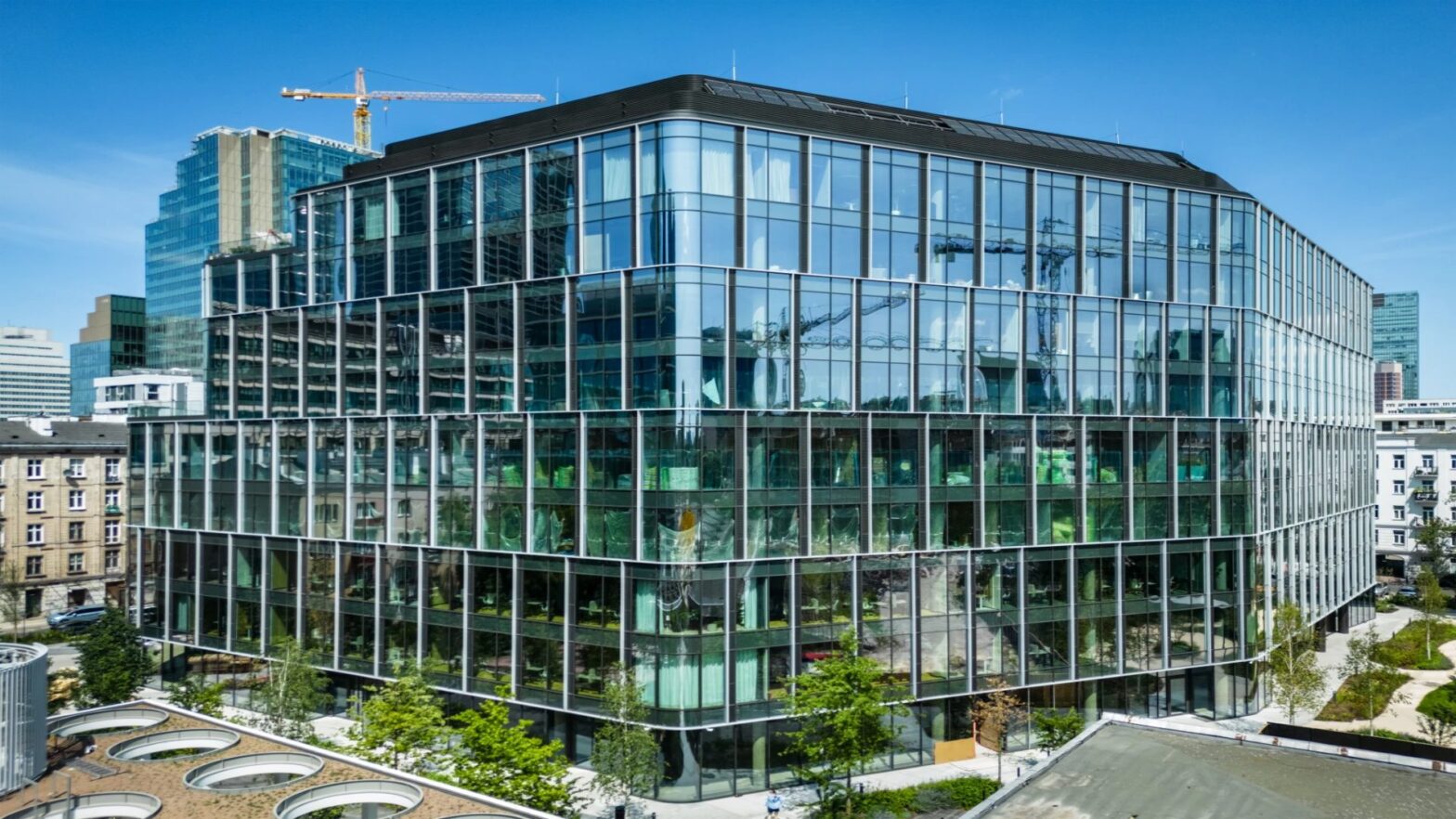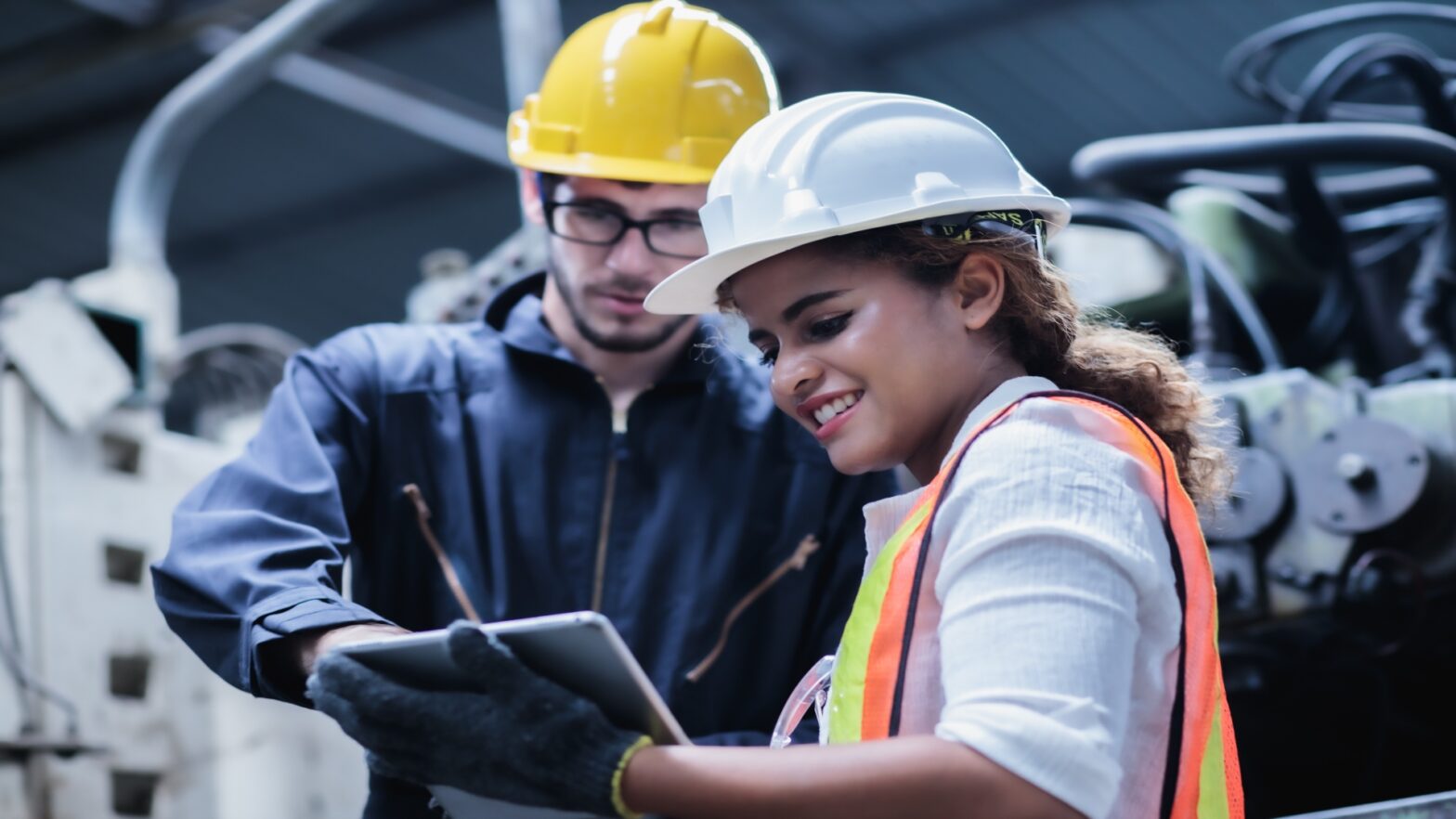There’s a lot of work behind the scenes before any product gets sold in the market. Any commercial goods or materials undergo processes in industrial plants or factories before they get distributed to various parts of the world.
One crucial aspect in any business that produces goods is product packaging and storage. Without adequately handling the finished product, it’ll be difficult to transport them any may risk losses for the company.
Nowadays, more and more manufacturers and other business sectors utilize FIBC bags for their operations. It’s a sustainable container that helps make a lot of processes in the warehouse easier.
What Is An FIBC Bag?
Global warming and consumerism have become serious problems for all of humanity. The increasing amount of single-use plastic in the environment significantly contributes to its destruction. Thus, companies need to try alternative products that are more sustainable and less harmful to the environment.
An FIBC (Flexible Intermediate Bulk Container) bag is a reusable and highly durable item used in various industries. They’re usually referred to as bulk bags and are used to transport heavy loads that are typically too much for ordinary bags.
Various industries are now integrating the use of sustainable and durable products in their operations. FIBC bags, in particular, are often used in factories, construction projects, and agriculture. Other fields of work that deal with massive goods production also maximize the use of this item.
There are different FIBC types that are produced to fit specific requirements. For example, there are bulk bags that can only be used for non-hazardous materials. On the other hand, highly flammable items or chemicals will usually require more specialized bags to avoid accidents during transportation.
How Is A FIBC Bag Made?
The primary material used to make FIBC bags is polypropylene (PP) fabric. It’s a modern textile commonly used to make upholstery. The fabric is soft and lightfast, making it easy to mold and construct and durable.
The production of a bulk bag starts by loading polypropylene (PP) resin and additional materials into an extruder to convert it into PP tapes that have varying sizes. It’s then stretched further before being cut to the desired length. Afterward, they are weaved to create the FIBC material.
This process uses special looms to make a bag-like structure or U-panels. Some types of bulk bags need to be coated before they’re distributed since they’ll be used for more specialized items. If a bag is meant to be breathable since it’ll be used to carry sensitive or perishable goods, it skips the coating process.
Highly-trained workers will sew an FIBC bag to attach the final touches and connect the bag’s semes and cords. Afterward, it’s tested to pass UN regulations to ensure that it’s suitable for commercial or industrial use.
Can FIBC Bags Be Recycled?
The increased demand for efficient recycling methods and sustainable materials in various industry sectors gave way to more eco-friendly products. The construction industry, for instance, now welcomes the idea of using recycled wood and secondhand steel. Likewise, other large corporations, factories, and manufacturers ensure that their operations are more Earth-friendly.
FIBC bags are highly sustainable and have a long life since they’re recyclable. Once a bag is worn out or damaged, it’s collected and reprocessed. Old bulk bags are sorted and cleaned before they undergo further processing because some bags may be contaminated with chemicals that can hinder the recycling process.
Afterward, they’re resized into smaller flakes so they can be shredded easily. Industrial blades are used to chop the materials down until they’re small enough to be sifted and separated.
The polymer pieces are ground further using an extruder and melted down at 240 degrees Celsius. This is done to make small uniformed polymer pellets. These pellets are then used to create new bulk bags together with polypropylene. It’s safe to recycle polypropylene over and over, so there’s no need to always source raw materials to make new FIBC bags.
Benefits Of Using FIBC Bags
There are various reasons for businesses to choose to use bulk bags for their products. Here are three:
- Cost and Space Efficient
One of the advantages of flexible packaging over traditional boxes is that it can mold into the products stored inside. It suits companies that sell products like grains, seeds, and other loose items. It can save space and allow each package to be packed to its fullest.
- It Can Support Heavy Loads
Using a bulk bag instead of a rigid storage box makes the transportation of goods easier. Since an FIBC bag is much lighter than bulky containers, it doesn’t add too much unnecessary weight. Thus, making it easier for anyone to transport and handle goods in large quantities.
- It Comes In Different Types
Bulk bags can come in different types and sizes to fit the needs of a business. There are FIBC bags specially made to carry more sensitive items like lead-acid batteries or chemicals. At the same time, others can be made to allow air to pass through during transport to ensure that the goods like fresh produce aren’t damaged.
Final Thoughts
Sustainable FIBC bags are becoming increasingly popular across industries since it’s efficient, reliable, and affordable. Producing them doesn’t take a lot of work, and they can be recycled multiple times, which makes them less harmful to the planet.


